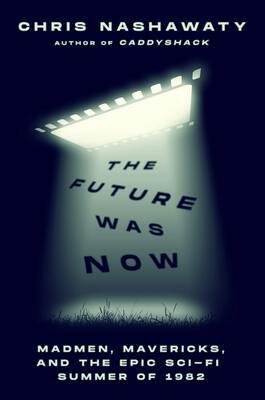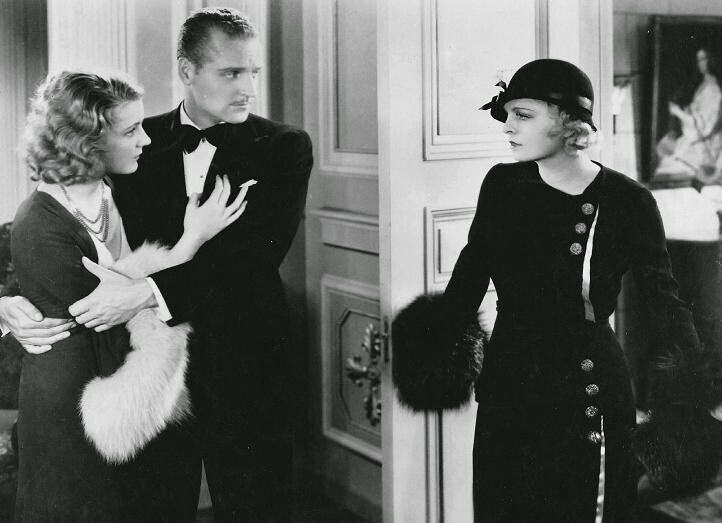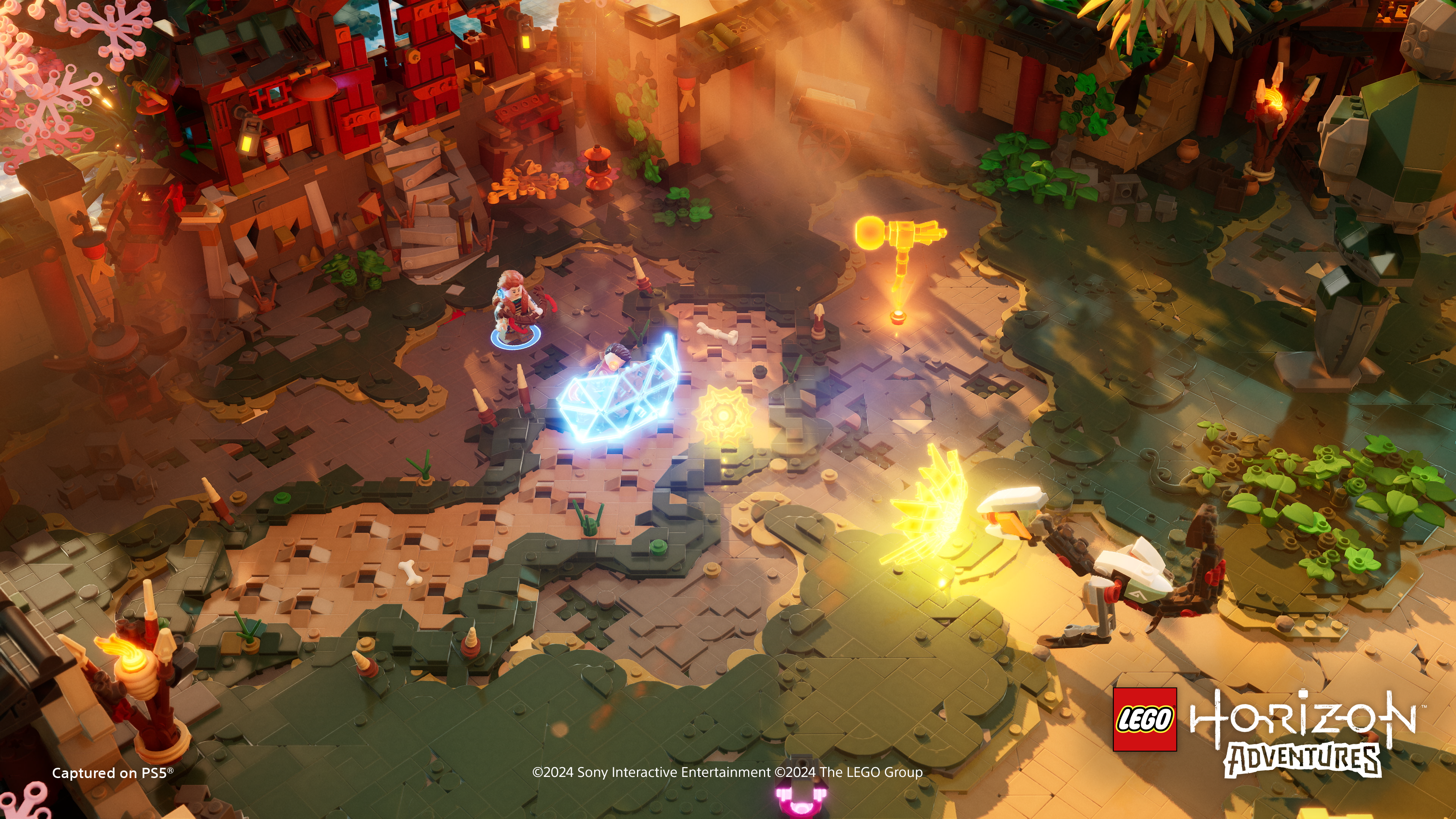

From the way Chris Nashawaty breaks it down in “The Future Was Now: Madmen, Mavericks, and the Epic Sci-Fi Summer of 1982” (Flatiron Books, $29.99), you can either thank or blame the summer of 1982 for how Hollywood blockbusters are made these days. “Star Wars” may have been the box-office champ that changed the moviegoing game. But that film, along with the success of we-are-not-alone flicks “Close Encounters of the Third Kind” and “Alien,” made studios realize that science fiction puts more butts in seats than they realized.
That summer gave us everything from “Rocky III” to two crowd-pleasers about prostitution (Ron Howard’s sophomore comedy “Night Shift” and the Burt Reynolds-Dolly Parton musical “The Best Little Whorehouse in Texas”). But, for Nashawaty, it’ll always be about the Big Eight: “E.T.,” “Poltergeist,” “Star Trek II: The Wrath of Khan,” “Conan the Barbarian,” “The Road Warrior,” “Blade Runner,” “The Thing,” and “Tron.”
Of course, that summer will always be known as “The Summer of Spielberg.” Already riding high from directing “Raiders of the Lost Ark,” the previous summer’s monster hit, the filmmaker solidified his status as Hollywood’s can’t-miss golden boy by dropping two box office draws. Both these films were inspired by Night Skies, a sci-fi horror script Spielberg commissioned John Sayles to write, about unsympathetic aliens (and a sympathetic alien named Buddy) wreaking havoc on a family’s farm.
Ultimately, Spielberg decided to make a very personal movie about Buddy. He got with screenwriter (and Harrison Ford’s then-girlfriend) Melissa Mathison and devised a story about a lost alien and the children of divorce — just like Spielberg — who protect the little visitor. And we all know how audiences here and worldwide responded to that.
Still eager to make a horror film, he co-wrote, produced, and allegedly directed the supernatural chiller “Poltergeist. Even though Tobe Hooper (“The Texas Chainsaw Massacre”) is billed as the director, Spielberg has admitted he was too damn hands-on during production. During the 12-week shoot, Spielberg was there all but three days.
“Future”’s best passages have Nashawaty recounting Paramount’s sordid history making “Khan.” The studio wanted to make a sequel to the long-awaited “Star Trek: The Motion Picture,” especially since the movie, successful as it was, was detested by fans and the cast. Creator Gene Roddenberry, who produced the first film, got a bit cranky when the studio demoted him to a consultant. Even though “Khan” is considered the best “Trek” movie, Roddenberry had beef with the production, possibly leaking to the press that Mr. Spock would die.
And then there was “Tron,” a strange neon curio that came out of Disney, which was not the feared and powerful media empire it is today. Still stuck on re-releasing animated classics and making silly comedies (“The Apple Dumpling Gang,” anyone?), the Mouse House didn’t know what to make of writer-director Steven Lisberger’s video game-inspired adventure and the groundbreaking special effects he needed to get it all done. And, yet, they let him do it anyway. Unlike the IP-jacking Disney of today, the Disney of the ‘80s was far more willing to take a chance.
In other parts of the world, George Miller was working on the “Mad Max” sequel “Warrior,” looking to correct all the mistakes he made the first time around. He got studio backing from Warner Bros, which was a true step up from the botch job American International Pictures did when they barely released a pitifully dubbed “Max” over here. In Spain, Arnold Schwarzenegger and director John Milius were hard at work, bringing the maximum pulp of “Conan” to the screen. Nashawaty portrays both men as blustery, determined, larger-than-life figures, hoping this movie will shoot them to A-list status.
While he salutes the films that were blockbusters and modest hits, Nashawaty gives special attention to “Blade” and “Thing,” the big losers out of this octet. He begins “Future” by recalling the sad day — June 25, 1982 — when both movies played to empty auditoriums, mainly because critics trashed the hell out of them. (Nashawaty refers to the day as “the worst day in the history of film criticism.”)
Nashawaty echoes what fans of both “Blade” and “Thing” have been saying for decades: people were just not ready for these ambitious flops. And neither were the people involved in making it. Director Ridley Scott drove everyone, from star Harrison Ford to the producers & studio execs who were footing the bill, nuts in his mission to make the most stylish, most existential, futuristic noir ever made. Meanwhile, John Carpenter got Kurt Russell and others to come to British Columbia and freeze their asses off making “Thing,” a grim, paranoid gorefest that even Carpenter knew would crash and burn while “E.T.” dominated the box office. (He tried convincing the studio to push it back to Halloween — a more familiar time for him, of course.) F/X innovator Rob Bottin worked so tirelessly on “The Thing”’s stomach-churning effects, he ultimately checked himself into a hospital for, among other things, exhaustion.
Nashawaty, a former writer and critic for Entertainment Weekly who’s now Netflix’s editorial director on film, appears to be building a nice rep for returning to our VHS favorites of yesteryear and verifying all the backstage myths and legends surrounding them. His last book, 2018’s “Caddyshack: The Making of a Hollywood Cinderella Story,” confirmed that the production was, in fact, an endless coke orgy where they took some breaks in-between snorting to make a movie.
Drugs are hardly mentioned in “Future” — all the players involved, from the filmmakers to the higher-ups — are mostly square. They’re all too focused on their projects to engage in excess and hedonism. However, Oliver Stone does admit he was blitzed on coke and shrooms when he wrote Conan’s batshit-crazy first draft. “It reads like the work of someone who’s been up for two weeks straight,” writes Nashawaty.
Nashawaty writes with fervent, respectful geek passion, bouncing from one narrative to another as he chronicles these films that obviously mean a lot to him. Thankfully, he’s still a journalist. When he pontificates about the brilliance and popularity of these pictures, at least he has the documented evidence to back it up.
As much as it’s a fun page-turner, “Future” also reminds us that Hollywood is no longer as bold and risk-taking as it once was. Instead of finding talented, eccentric dreamers to create their next summer hit, desperate studios just recycle the same IP repeatedly. Nashawaty points out that, except for “E.T.,” these films have been remade, revamped, spun-off, and given sequels. Studios don’t even wait to drop them during the summer months. “We find ourselves, for better or worse, living in one endless summer,” laments Nashawaty.
At least for him and so many ‘80s babies who experienced that cavalcade of sci-fi at their nearest multiplex, they’ll always have that summer.



